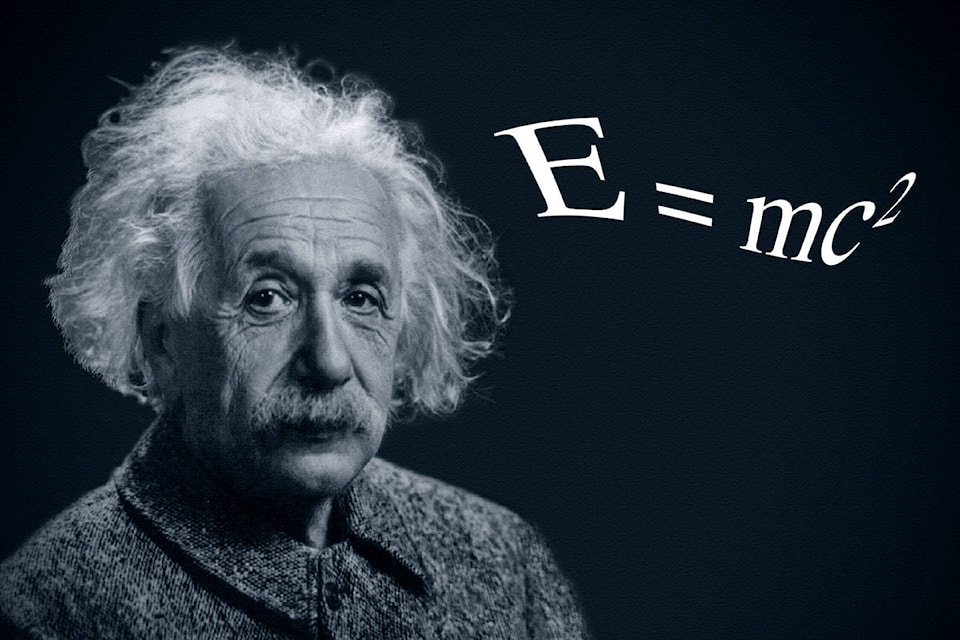The world���߲��о����s most famous equation, developed by physicist Albert Einstein in the early 20th century, is deceptively simple to recite. E=mc².
I know it by memory ���߲��о���� and I���߲��о����m no Einstein.
The famous mass-energy equivalence is likely the most important scientific discovery of the 20th century and it has affected the world in significant ways.
It has also become part of our popular culture and a shorthand to represent something which is at once both simple and brilliantly profound.
Today, 140 years after Einstein���߲��о����s birth on March 14, 1879, almost everyone can recite this simple equation.
But simply being able to recite a short equation has little value.
There���߲��о����s a lot more involved than the few characters used to put it in print.
What does this equation really mean?
Many of us could explain that the equation states that an object���߲��о����s energy is equal to its mass times the speed of light, squared.
But this still does little to answer the question of what the equation means or how to put it to use.
Einstein���߲��о����s Theory of Special Relativity was published more than a century ago, in Annalen der Physik, a German physics journal, in 1905.
His work on general relativity was published in the same academic journal 11 years later.
In 1922, Einstein received the 1921 Nobel Prize in Physics ���߲��о����for his services to Theoretical Physics, and especially for his discovery of the law of the photoelectric effect.���߲��о����
The equation as written in the first years of the 20th century was a little longer and more complex than it is today.
Eventually it was shortened and in the April 1946 issue of Science Illustrated, an article by Einstein is titled ���߲��о����E=mc²: the most urgent problem of our time.���߲��о����
When Einstein refers to his equation as an urgent problem, it is worth paying attention.
But I still don���߲��о����t understand what the equation means.
The Theory of Relativity deals with laws of physics, the constant speed of light and the relationship between space and time, but how any of this works together is something far outside of my understanding.
I���߲��о����m no Einstein.
The equation has some important practical uses, most notably in the development of nuclear energy and nuclear weapons.
Again, this is something I do not understand.
I don���߲��о����t design or build nuclear reactors or nuclear bombs in my spare time.
I know the simple equation, but that���߲��о����s really all I know about Einstein���߲��о����s famous theory.
Being able to recite this short equation is not the same as knowing how Einstein arrived at it, or what it means.
Knowledge is not the same as understanding.
And even if I was well-versed in the Theory of Relativity, such knowledge and understanding would tell me how to use the equation, not whether it should be used in specific situations.
The power unleashed by an understanding of Einstein���߲��о����s equation can be used to provide electrical power to millions.
Or it can be used to cause mass destruction.
When to use this information is far more important than simply being able to put it to a practical use.
Understanding is not the same as wisdom.
I can recite the famous equation.
Since I enjoy collecting trivia, I���߲��о����m fascinated with nuggets of knowledge such as this one.
But I don���߲��о����t pretend to understand the Theory of Relativity or how to use it.
I���߲��о����m no Einstein.
John Arendt is the editor of the Summerland Review.



